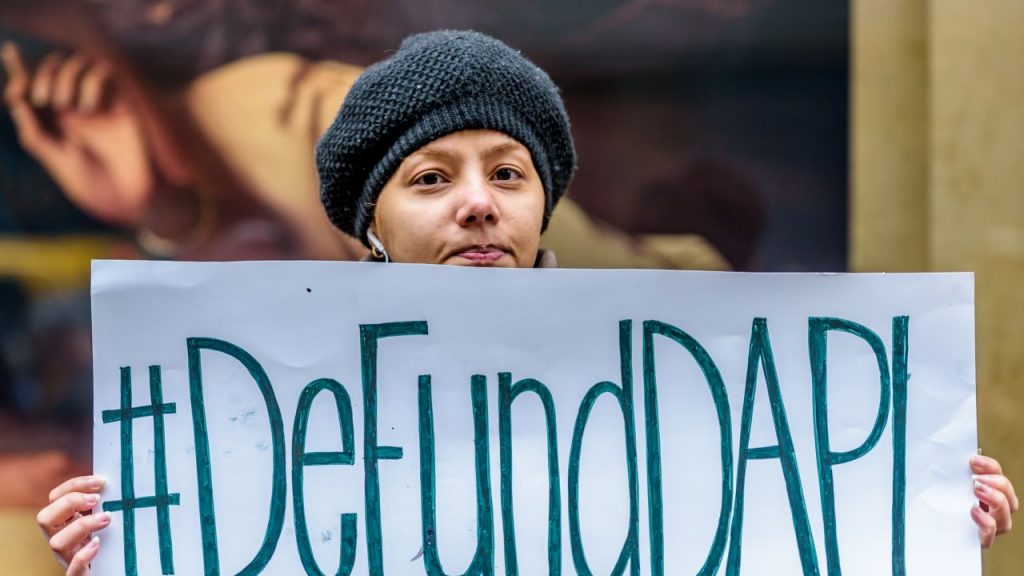
This post originally appeared at Yes! Magazine.
Sasja Beslik, head of sustainable finance at Nordea, one of the largest banks in Europe, recently traveled to the Standing Rock Sioux Reservation on a fact-finding mission. Originally from Bosnia, Beslik has seen his share of war and says that the Oceti Sakowin Camp reminded him of a war zone.
Beslik says Nordea’s customers pressured the bank to investigate the situation. “My bank has received hundreds of emails and Facebook messages. It’s like a storm that is pushing the bank in a direction that the bank then needs to act on,” says Beslik. He says activism aimed at banks is common in Europe.
But the Standing Rock movement has brought a wave of financial rabble-rousing to the United States, and Beslik is just one of many people who believe it can strengthen the greater movement for divestment from fossil fuels, which is growing quickly. In just over a year, the value of the funds and other investments committed to selling off these assets has jumped to $5.2 trillion.
Think of divestment as the opposite of investment. By convincing firms to sell off stocks, bonds and other investment assets in companies involved in extracting fossil fuels, activists hope to make it more difficult for these companies to get financing.
To prevent future projects like the Dakota Access pipeline, Beslik hopes that divestment advocates become more organized and “corporate” in their approach. “The world doesn’t need more oil,” he says. “The guys with good organization are the ones who win the revolution.”
 Stand With Standing Rock
Stand With Standing Rock